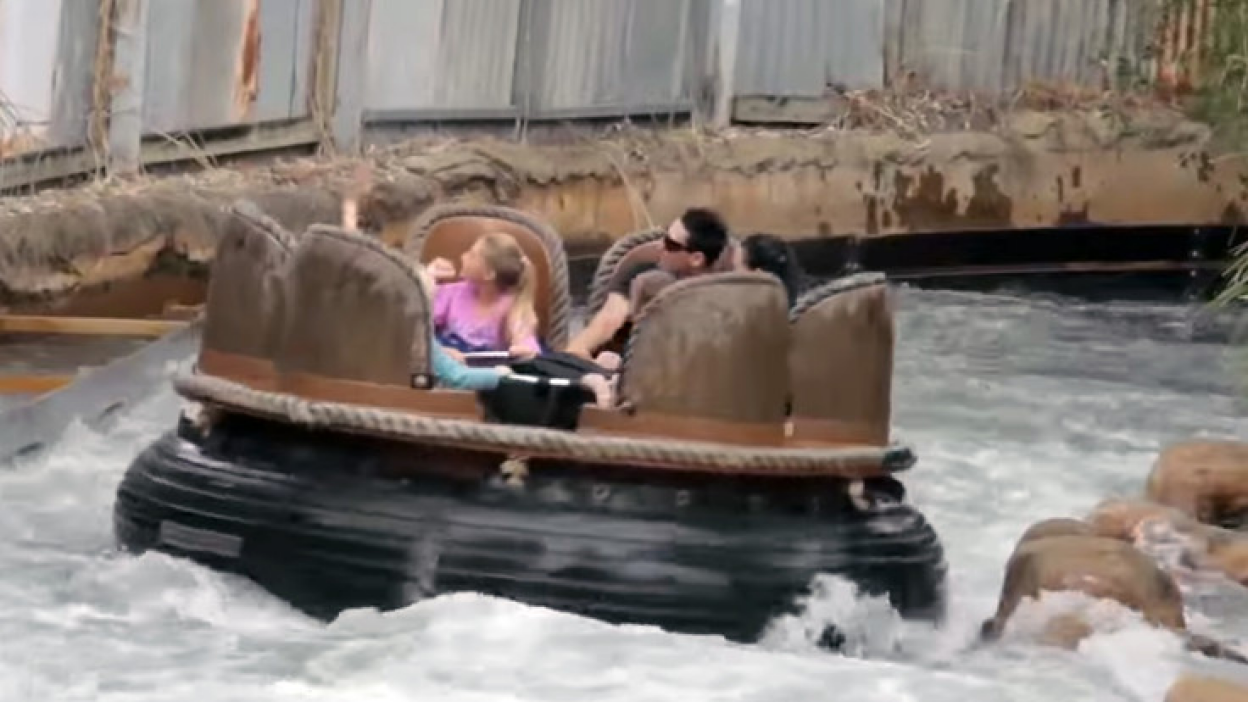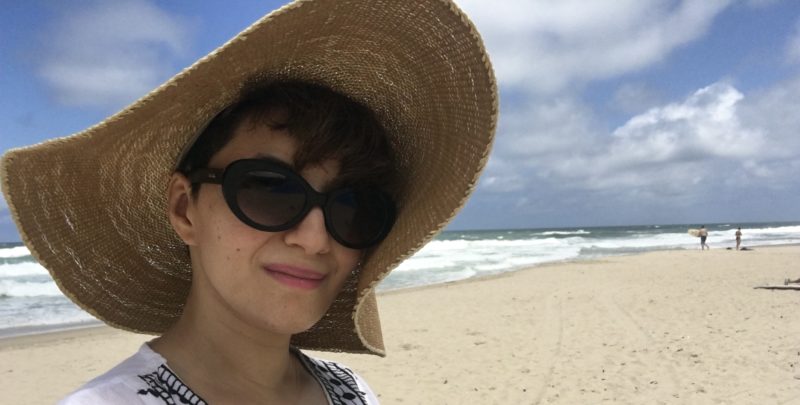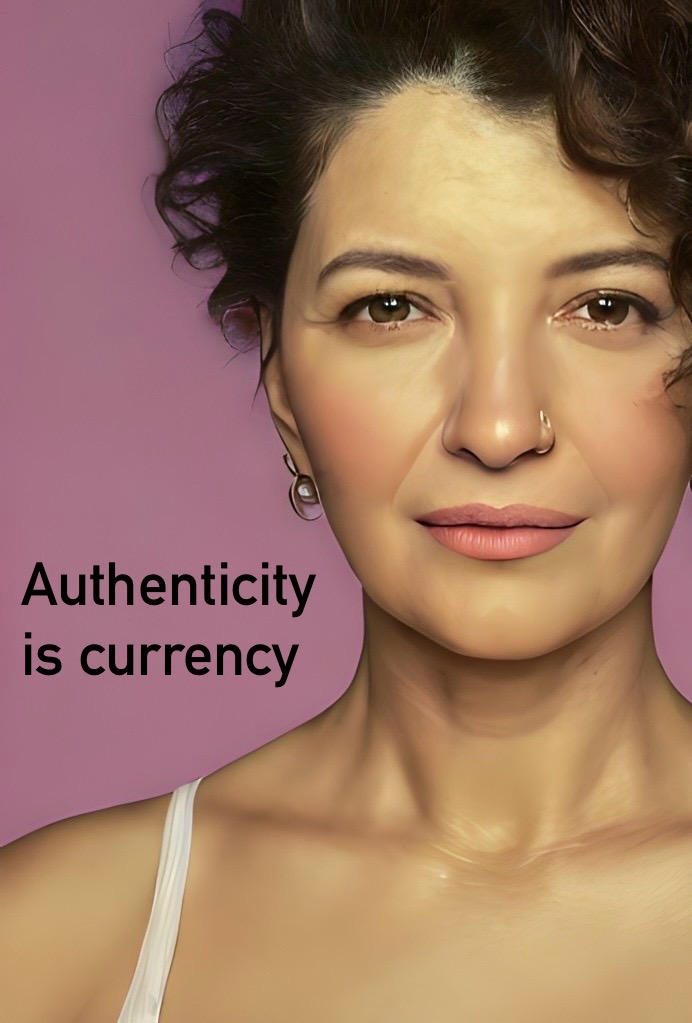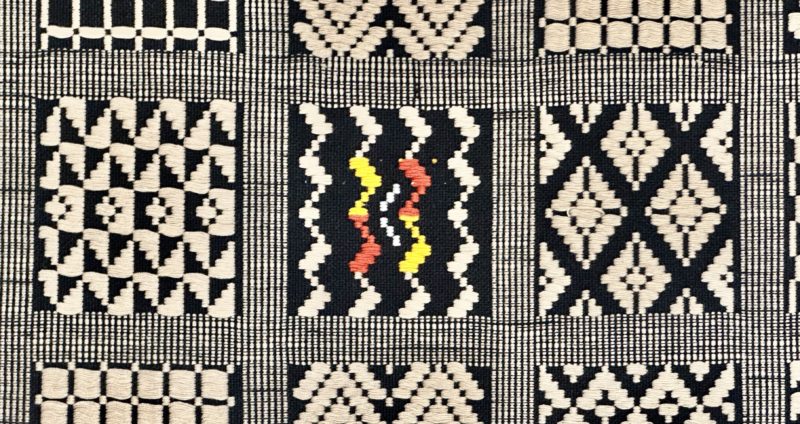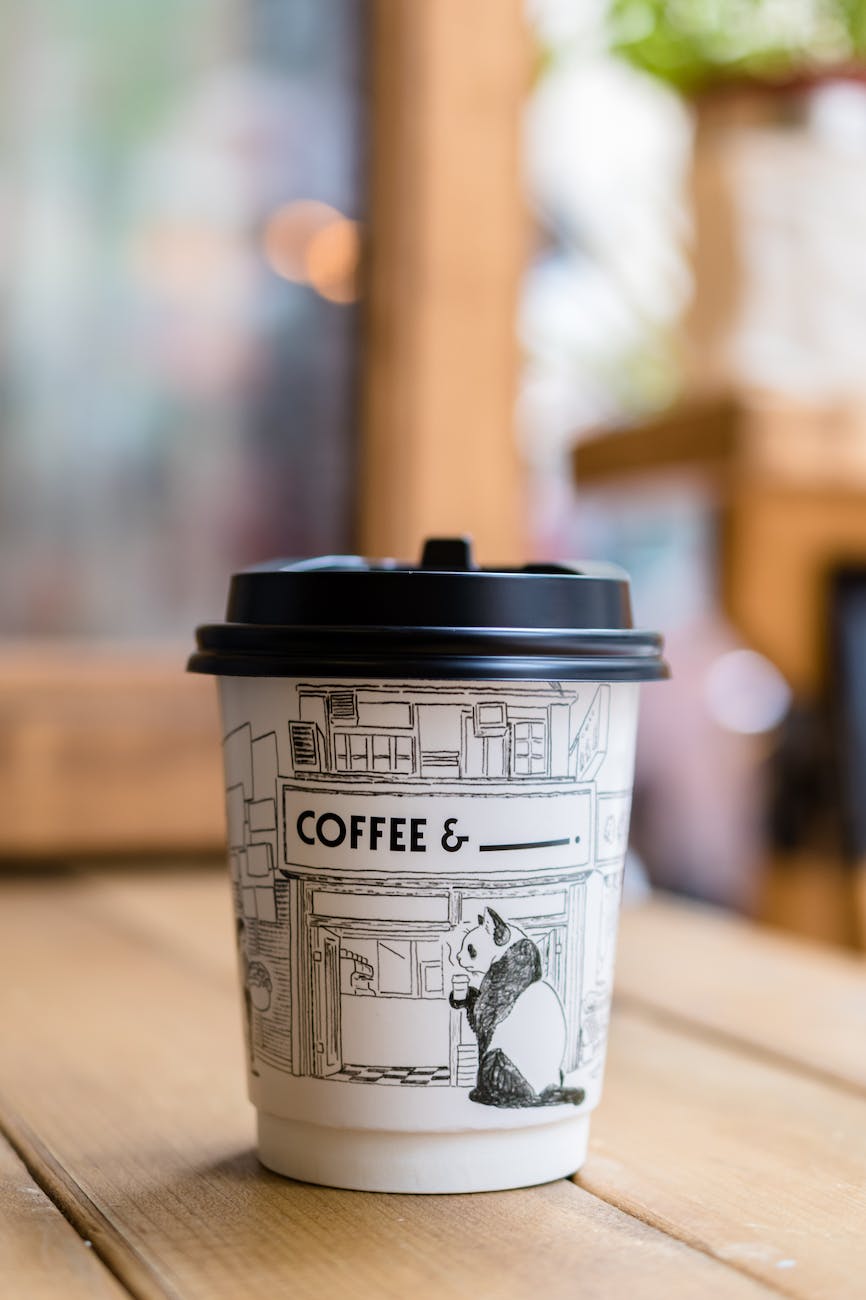Dreamworld made world news during the past few days for all the wrong reasons. The tragic incident at Dreamworld Gold Coast is still unfolding as police carry out their investigations. We know one thing for sure – it is not opening as soon as Dreamworld and some fans would have hoped. There is a lot of mystery shrouding the crisis that happened at Dreamworld, and the ramifications can be huge if it is a mechanical error. The families of the deceased are terribly upset at losing their loved ones and by the aftermath of the event. Emotions run high at such times and caution needs to be practiced at every step. All the functional and emotional aspects that have made Dreamworld strong over time seem to be failing at the moment.
The irony of the situation is that people go to theme parks for fun. They assume that everything has been taken care of and their personal safety is the responsibility of the theme park. The notion that we could possibly die while having fun with our family is perhaps the farthest thought in our head. Four people died and two children witnessed the deaths of their mothers. Dreamworld in essence became a dream crasher, possibly a cause of nightmares for the two children and the grieving families for a long time to come. The CEO decided to give away her bonus to the affected families but thus far that hasn’t gone well either (http://www.bbc.com/news/world-australia-37772351). As customers, we form connections with people not rides and tangible things. The need for human connection is paramount in times of crisis compared to happy times.
Gold Coast is a destination that is famous for fun. Gold Coast has held its unique selling proposition and slogan of being ‘Famous for Fun’ quite well. This incident has already caused damage to the destination and time will tell how people’s perceptions of safety at theme parks will change. A few takeaways from the crisis are that Dreamworld’s brand positioning as the biggest and most famous theme park in Australia has received a severe blow. It might be the biggest, but certainly not the safest. Important aspects of brand equity such as brand associations and perceived quality are both negative. If people are not safe on a family ride, important questions are raised in our minds about the safety of thrill rides. Such an event happening at a major theme park in Australia has left questions in our heads about our choices for leisure and fun with family. Whether more families will head out to the beach to enjoy love, warmth and laughter as compared to heading out to theme parks, only time will tell. A lot will depend on the steps that Gold Coast Tourism, together with the major theme parks, takes in order to build positive perceptions and associations again. Would things be different if Tracy Christensen’s review popped up as a red flag on Dreamworld’s big data radar? (http://mashable.com/2016/10/26/dreamworld-safety-criticism-facebook-review/?utm_cid=mash-com-Tw-main-link#nMrzwSbFe5q3) Customers complain often, and sometimes they can be dangerously right.
Some other important points relate to the way forward regarding more stringent audit guidelines for operators and safety standards of rides. As joyous as we are about the children being saved in the horrific turn of events, I am wondering how they apparently got thrown out. Does body weight matter?
Personally, I find something so deeply uncomfortable with the way events unfolded at Dreamworld. My family has a 7 day pass to enjoy the park and I simply want to return it to Dreamworld or give it away to any brave souls who want to go there. We decided to postpone our trip to a time when we all could spend a few days discovering the dreamy worlds within the theme park. And then the crisis happened and everything has changed, at least for now.
